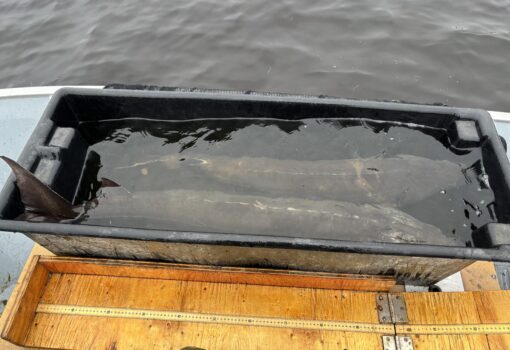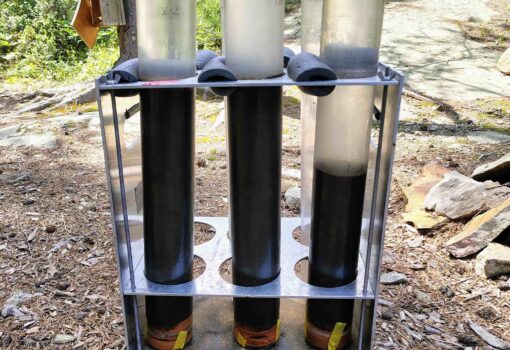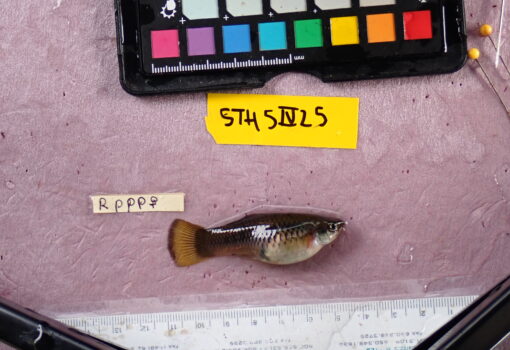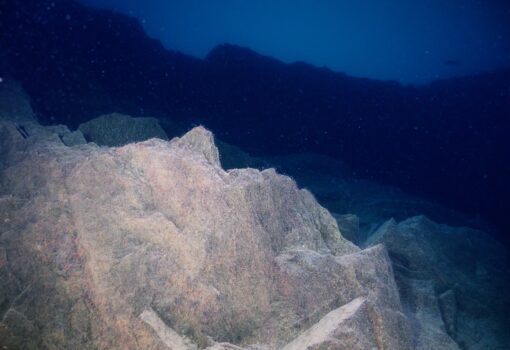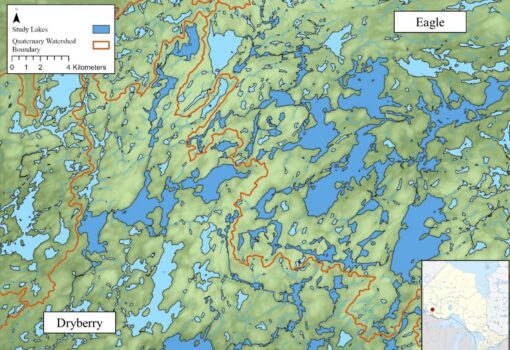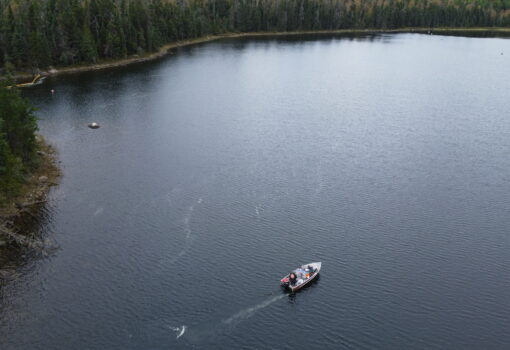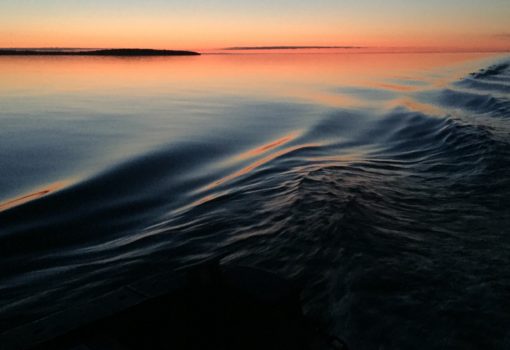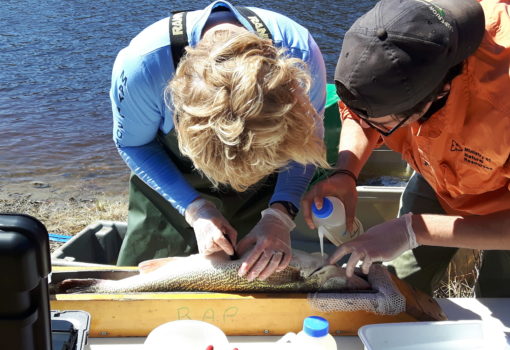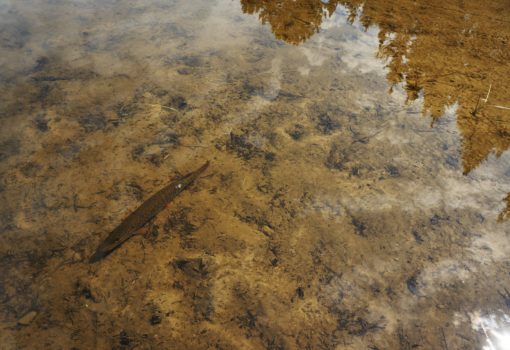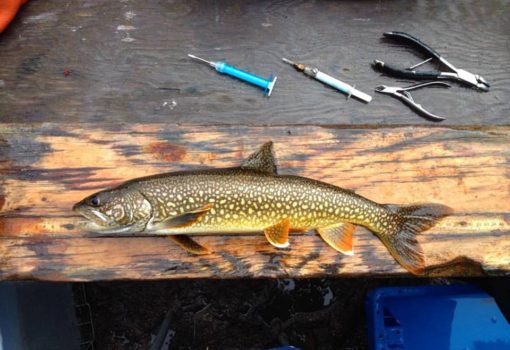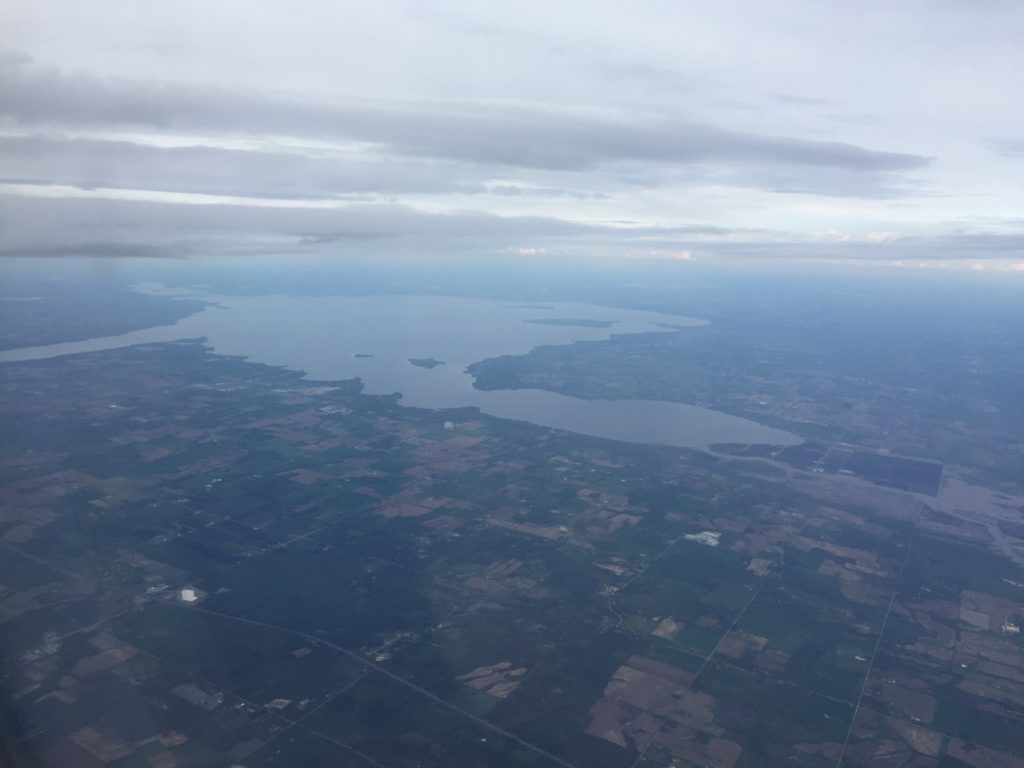
Impacts of invasive species on aquatic food web structure
Food web ecology Bioenergetics
Recent investigations have demonstrated that invasive species (driessenids, Bythotrephes) can have potentially negative impacts on the growth of percid fishes in Minnesota and Wisconsin lakes. Recent research is investigating the impacts of spiny water flea invasion on the growth and contaminant accumulation patterns of Walleye in Quetico Park, with generous support from the Quetico Foundation. This research supported both Danielle Gartshore and Ben Wood.
Lake Simcoe is unique in that it is the only lake with legislation written regarding it’s protection. The Lake Simcoe food web has undergone numerous changes over the years, and our research has investigated primarily how it has changed as a result of species invasions. We have documented significant changes in the benthic communities in the lake following driessenid invasion, and a dramatic increase in the importance of nearshore production. With financial support from the Ontario Ministry of Environment and Climate Change (MOECC), and collaborators Joelle Young (MOECC) and Erin Dunlop (Ontario Ministry of Natural Resources and Forestry), Victoria Langen provided a more detailed and long-term analysis of changes in the offshore food web, and examining changes in fish energy use during this time.
Previous work looking at the impacts of dreissenid mussel invasions on Walleye was led by Marianne Geisler, and suggests potential declines in Walleye yield as a result.


